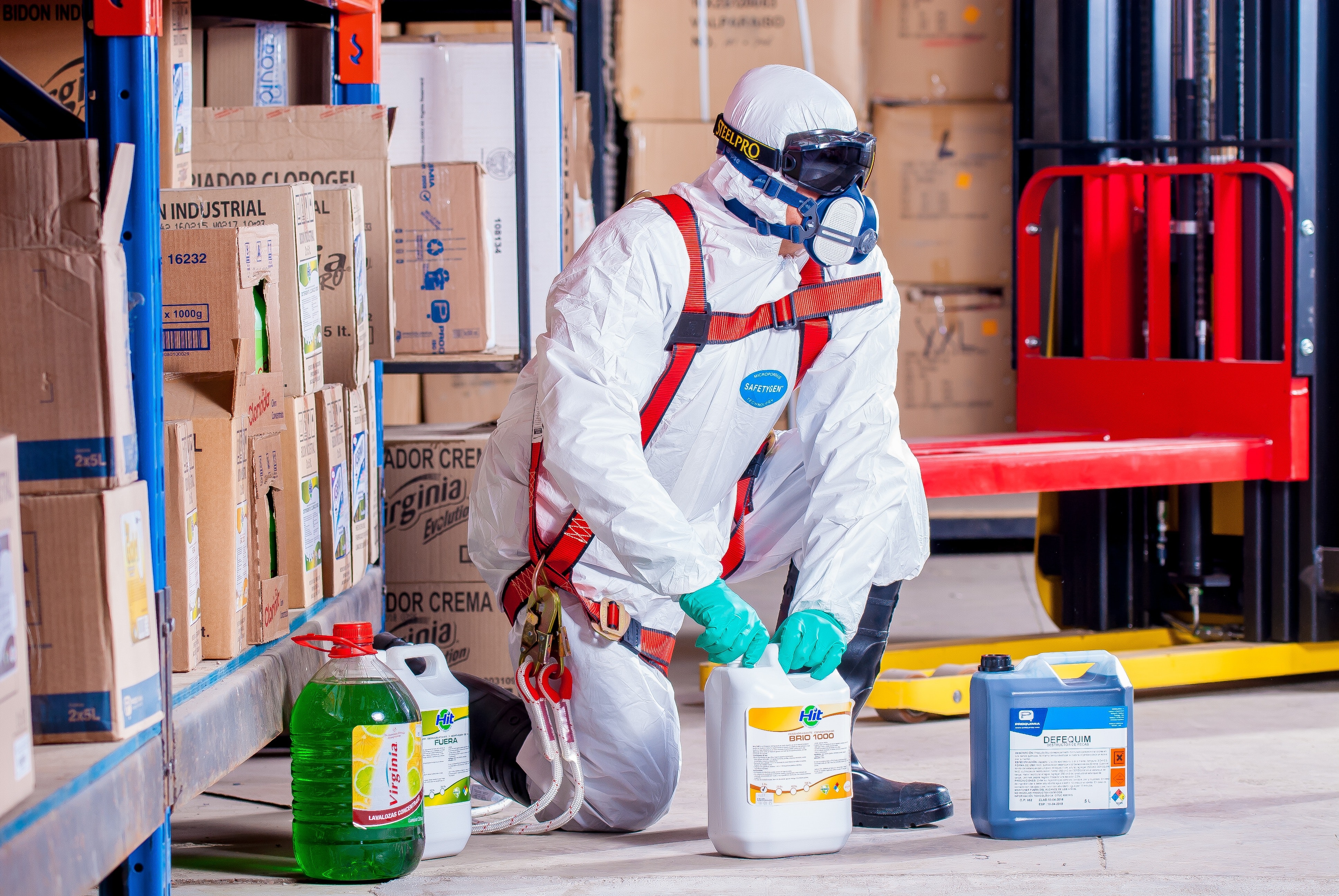News and Updates
Category: Occupational Health
Respiratory Protection, Fit Testing & Written Programs
If your workplace exceeds the permissible exposure limits of airborne contaminants (more on that here), there are a few items you should have in place, starting with a written respiratory protection program. If this isn’t something your own safety staff is comfortable putting together, you can outsource it to a third party. Spooner’s safety team is well-versed in helping develop these types of programs to help businesses remain compliant. Once the written program is finalized, you’ll need to select the appropriate respirator based on the type of exposure. After both of those tasks are complete, it’s time to schedule respirator fit testing. Even though a pulmonary function test (PFT) is not always required by OSHA prior to wearing a respirator on the job, the medical provider performing the certification may require a PFT as part of the process. A PFT is required for employees wearing respirators for protection from asbestos, cotton dust, benzene, formaldehyde, silica and beryllium, to name a few. Any employee planning on wearing a respirator at work will need to complete OSHA’s Respirator Questionnaire. Simply asking your employees to complete one prior to wearing a respirator isn’t sufficient - OSHA requires that a physician [or other licensed health care professional (PLHCP)] to review the questionnaire. How the form is completed is determined by the type of respirator worn, and certain responses may serve as a red flag that additio
Tips for National Fire Safety Month
Did you know that October is National Fire Safety month? This is a great time for businesses to revisit their workplace fire safety plans, as well as any other Emergency Action Plans. Based on data from the Bureau of Labor Statistics, over 125 deaths occur on average each year from workplace fires – many of which can be prevented from regular reviews, maintenance and inspections. Minimizing workplace fire hazards is the first step in preventing fires – so how do you recognize these issues? Report any electrical hazard you see, such as faulty or bad wiring. Frayed or damaged electrical cords, as well as damaged electrical outlets/receptacles are a common reason for fires to start. Ensure that flammables are stored properly. If your company uses or facilitates flammables, they must be stored in a flammables cabinet, and inspected regularly. Regularly inspect fire-prone areas like employee break rooms, electrical storage or server rooms, and laboratories/areas where flammables or chemicals are stored. Reviewing your emergency plans, exit routes, and drills to look for “holes” in your system or plans. Properly maintaining your fire suppression system, extinguishers, and providing employee training on fire safety. Most offices or workplaces utilize ABC fire extinguishers, which can extinguish ordinary combustibles, flammable liquids, and energized electrical equipment. Knowing how to properly use fire extinguishers is important, following



